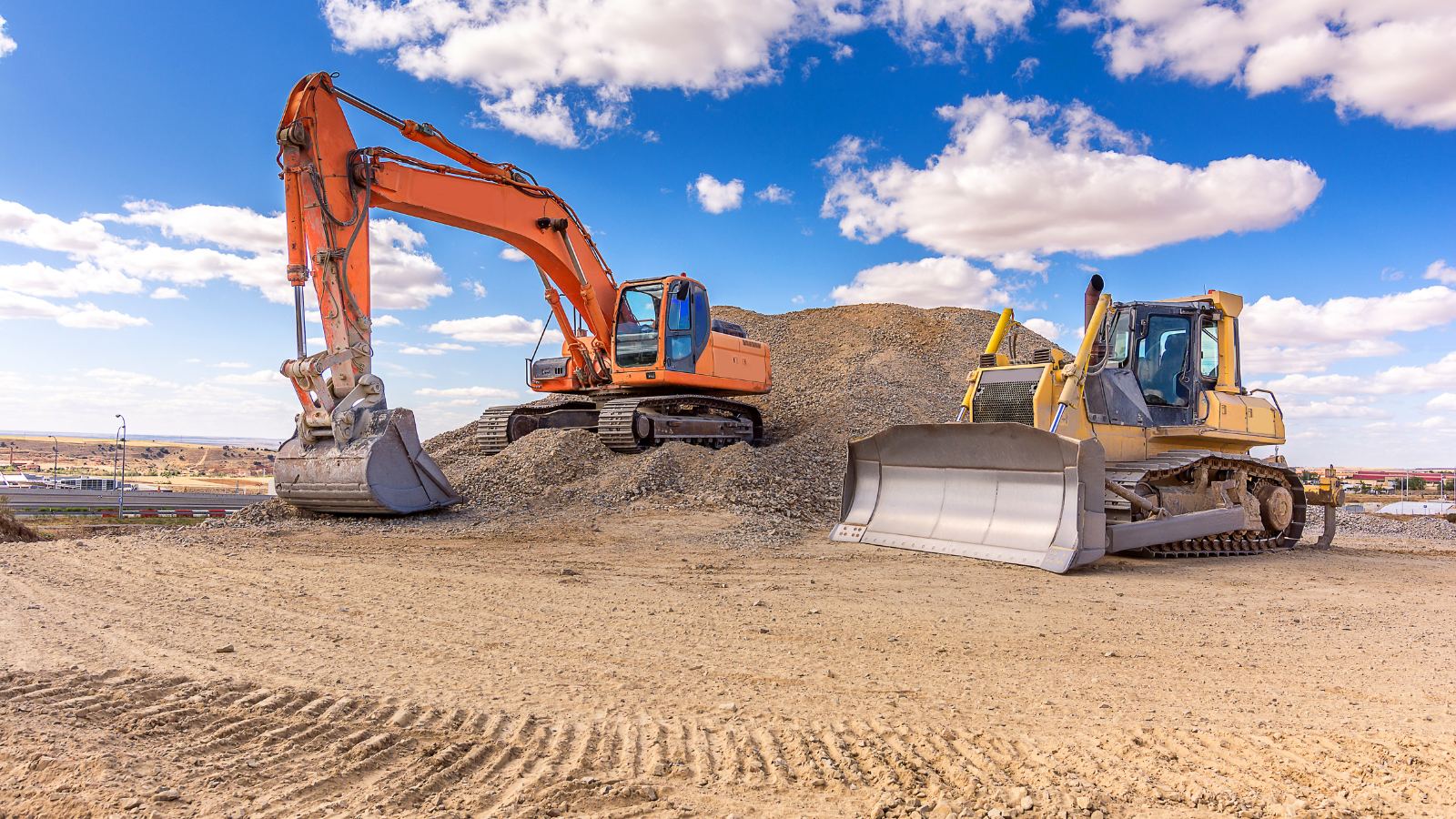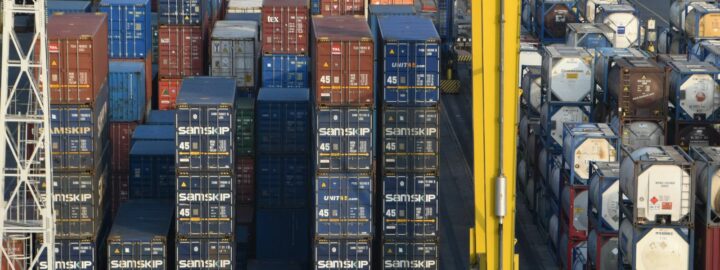
Mining is a historically important industry now experiencing a booming renaissance, supported by modern enterprise resource planning (ERP) functionality.
Today, Paul Caron, of Acumatica Partner Caron Business Solutions, shares his expert insights on this mining boom and on how Acumatica Cloud ERP helps mining companies overcome unique challenges to work smarter and more efficiently.
Please tell us a bit about what Caron Business Solutions does for companies in the mining industry.
Caron Business Solutions was formed in 1999, so we’re getting close to 30 years in business. For most of our existence, we’ve served the junior mining industry in Canada. We also have clients in the US, Africa, and South America.
We’re focused on the mining industry and the industries that surround mining. This includes construction, professional services, and distribution. We’ve been an Acumatica partner for four years, and we’re growing our mining practice quite rapidly with Acumatica.
How are modern mining companies optimizing their operations—or how should they be?
Mining companies are unique in many ways. They don’t have customers like other businesses do. An operating mine might have one or two contracts per year, through which they sell their finished product. They don’t have the accounts receivable or sales order entry needs that other types of businesses have.
Instead, mining companies are very heavy on long-term investments in exploration, equipment, and building the mine itself. Mining companies are also often muti-entity organizations, conducting transactions in multiple currencies. They have to abide by extensive approval workflows to meet regulatory requirements, and their financial reports have to be detailed and sophisticated.
Acumatica’s functionality is very rich in those areas—particularly the procurement process, which is a great fit for mining companies. We also really like Acumatica’s Accounts Payable Document Recognition, because mining companies have to deal with a huge volume of bills, and Acumatica can handle that volume.
What types of key performance indicators would you recommend mining businesses track to make sure they stay on target?
There are some very specific KPIs with mining. A critical KPI for an operating mine is All-in Sustaining Costs, which basically measures all the costs required to maintain the overall operation—everything from salaries to asset investment to depreciation. This metric helps decision-makers know whether the mine is going to be viable.
Another important KPI is Cost Per Ton Extracted, which indicates how efficient mining operations are, with a lower cost per ton meaning higher efficiency. Mill Operating Hours and Equipment Utilization Rate both help mining companies optimize production and track downtime. There’s also Return on Assets, showing how effectively a company uses its equipment and other assets to produce returns, and Safety Incident Rate, which helps maintain high safety standards by tracking the number of safety incidents per 1,000 labor hours. These are all important for keeping mining operations running safely, smoothly, and profitably.
What are the biggest operational challenges in mine management? And how would you advise miners address them?
Mines are never downtown, in the core of a city. They’re always in remote sites—places that can be difficult to access on good days but also subject to factors like winter road conditions in northern Canada or unstable supply chains elsewhere in the world. So, procurement is a huge challenge. Knowing lead times is important and so is being able to track something from when it leaves the supplier to when it arrives—which might be weeks later, depending on the conditions. Managing inventory and procurement in Acumatica can help with this by giving onsite employees instant mobile access to inventory levels and centralized supply chain management.
The other big operational challenge is investment in capital assets. Mining equipment is very expensive, and it has to be maintained. Mining companies are constantly asking themselves: “Do I repair or replace?” So equipment, field service, and fixed asset management capabilities are very important.
In your experience, what mining management strategies have proven most effective?
We specialize in the junior mining industry, which means these mining companies perhaps don’t have an operating mine yet or only one or two live operations. For them, the number one management concern is cost control. They spend millions of dollars developing a mine before any revenue is realized. Raising funds and maintaining costs are always a challenge, and the best solution is to implement a system capable of handling that easily, accessibly, and at a reasonable price.
Acumatica can be implemented at a fraction of the cost of some other ERP systems. With those, we’re talking about million-dollar implementations, and there’s just no way junior mining companies would ever entertain that. On the other hand, entry-level solutions do not have the functionality required by miners.
So, they need the ERP functionality, but the product has to be affordable. It also must be great at measuring costs, so junior mining companies can keep a strong grip on their already tight budgets—especially during the exploration and development phases, when they have no production and no revenue coming in.
What asset management strategies work best for mining companies?
That’s a really important topic. One of the major assets for a mine is its buildings. So, being able to accurately and efficiently track construction progress is critical. Then, at the end of that construction, which could take months to years, the resulting construction projects must be turned into assets—an incredibly important accounting concept. Mining companies have to have software that can handle this kind of asset construction and management properly.
What do you believe the future of the mining industry will look like? How do you think business management technology, like Acumatica, can support that future?
With the move towards electrification of cars and all the demands that are being put on precious metals and rare earth metals, the mining industry is having a renaissance. There has also been so much improvement in environmental standards for mines and in community relations with indigenous groups, like First Nations in Canada. The mining industry has grown up. The bad practices of the past have been corrected, and mining companies are now perceived as great community builders. Whenever one of our clients in northern British Columbia posts on social media, institutes a policy, or makes any announcement, they do it in conjunction with the First Nation in their area. So, mining is growing in a forward-looking, community-serving way.
Demand for ore is also growing. Most governments are looking at ways to speed up the regulatory process, which can be the single biggest impediment to moving a mine forward. And we’re not talking about actually digging and building—we’re talking about permits just to get started. But now, in Canada, governments agree that 10-15 years to approve a mine is excessive. The Government of Canada’s Major Projects Office, Ontario’s Bill 5, and British Columbia’s Bill 15 are all there to speed up the process. This united approach will help miners get to production sooner. All these things are contributing to a boom in the mining industry, in a responsible way that will be sustaining for the future.
As far as ERP supporting this boom, functionality is critical and so is the licensing model. Many people in mining have a reason to interact with an ERP system. And they may need it for one very small thing, like putting in a purchase requisition or entering time. Having a system with a per-user licensing model is cost prohibitive, because every seat costs several thousand dollars. This cuts people off who could otherwise be making good decisions and progress inside the ERP system. Acumatica’s unlimited-user licensing is a very good thing for the mining industry because everybody can access the system, even if it’s just for ten minutes once a week. There’s no bill for that user—the seat is just open for them. Mining companies are also generally made up of several entities under one umbrella. So, multi-company functionality in an ERP solution is also extremely important. And not only that—it’s also multi-currency and multi-jurisdictional. For instance, one of our current projects has legal entities in Canada, the United States, Ecuador, Peru, Guatemala, and Switzerland. It’s a complex organization, and Acumatica handles it easily.
 Canada (English)
Canada (English)
 Colombia
Colombia
 Caribbean and Puerto Rico
Caribbean and Puerto Rico
 Ecuador
Ecuador
 India
India
 Indonesia
Indonesia
 Ireland
Ireland
 Malaysia
Malaysia
 Mexico
Mexico
 Panama
Panama
 Peru
Peru
 Philippines
Philippines
 Singapore
Singapore
 South Africa
South Africa
 Sri Lanka
Sri Lanka
 Thailand
Thailand
 United Kingdom
United Kingdom
 United States
United States










